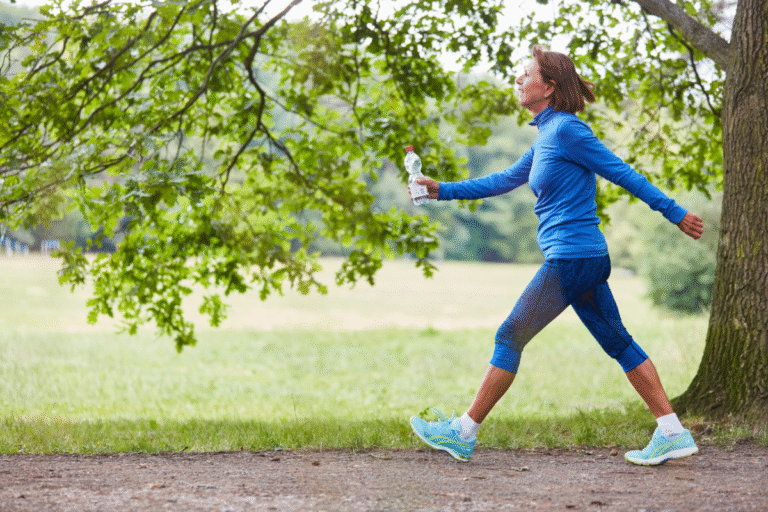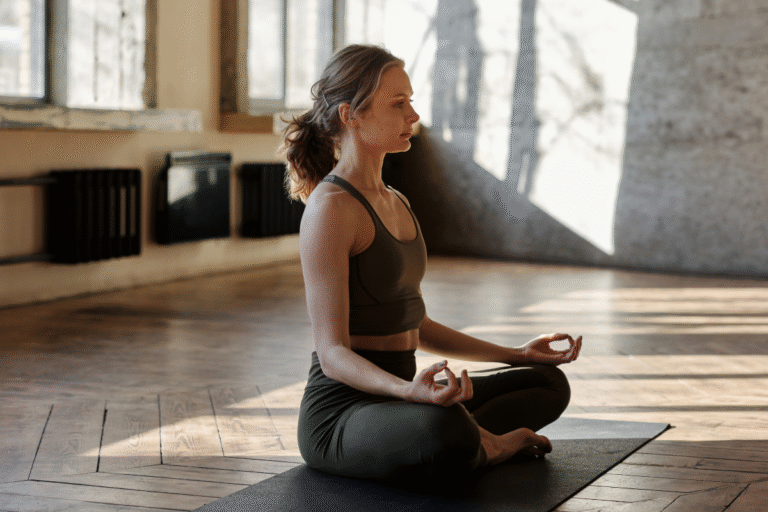
Hot flashes, night sweats, disrupted sleep, and elevated stress—midlife can be a whirlwind of internal heat and hormonal chaos. While many of us are seeking ways to cool things down—literally and figuratively—cold tub therapy has emerged as a potential tool for recovery, inflammation reduction, and even mood enhancement. But just like everything else in the wellness world, women need a tailored approach.
At Antigravity Wellness, we’re all about empowering women to find what works for their unique physiology. And yes, that includes exploring things like cold exposure therapy.
What Is Cold Tub Therapy?
Cold tub therapy (also known as cold plunging or cold water immersion) involves submerging the body—typically up to the shoulders—in cold water (between 39–59°F) for short periods, generally 1–5 minutes. It’s designed to stimulate the nervous system, reduce inflammation, and enhance recovery.
I personally use a portable cold tub that came with my Instagram-famous steam sauna purchase, and I absolutely love it—especially in summer when I’m prone to overheating. It’s an effective way to bring my core temperature down, and yes, it’s also a bit of a toughness test. But I’ve learned that it needs to be done strategically, especially as a perimenopausal woman.
Benefits of Cold Exposure for Midlife Women
1. Temperature Regulation and Hot Flash Relief
Cold plunges can provide short-term relief from the internal “heat waves” that are common during perimenopause and menopause. By lowering the body’s core temperature and triggering vasoconstriction (narrowing of blood vessels), cold exposure may help women feel cooler and more grounded.
Supporting Evidence:
While specific studies on cold exposure for hot flashes are limited, thermoregulation and cold water immersion are well-documented in athletic recovery and core temperature control.
(Reference: International Journal of Circumpolar Health, PMID: 14974767)
2. Reduced Inflammation and Muscle Soreness
Cold water immersion helps blunt the inflammatory response and muscle soreness after intense activity—especially useful for women staying active to maintain bone density and lean muscle mass.
Supporting Evidence:
A review in Sports Medicine found that cold water immersion reduces delayed onset muscle soreness (DOMS) and inflammation after exercise.
DOI: 10.2165/00007256-200535090-00006
3. Nervous System Reset and Mental Clarity
Many women report feeling a surge of clarity and calm after a cold plunge. The controlled discomfort can help regulate the sympathetic nervous system and may boost mood via increased dopamine and norepinephrine.
Supporting Evidence:
Cold exposure has been shown to increase norepinephrine by 200–300% with regular exposure, contributing to improved mood and focus.
(Reference: Journal of Applied Physiology, PMID: 11090542)
But Here’s the Nuance: Women ≠ Men
According to hormone and exercise researcher Dr. Stacy Sims, women—especially in perimenopause—have a more sensitive and prolonged stress response. That means plunging into cold water may elevate cortisol levels beyond what’s beneficial, depending on timing and context.
Dr. Sims recommends women use cold exposure strategically, and to avoid it:
- Right before ovulation (when stress responses are heightened)
- During the late luteal phase (when you’re more prone to anxiety or fatigue)
- If you’re feeling worn down or not sleeping well
Instead, aim to cold plunge in the follicular phase (after your period) when your body is better able to adapt to stressors.
Start Slow & Know the Risks
Cold plunging should always be introduced gradually. Start with:
- 30–60 seconds in 60°F water
- Build up tolerance before moving to colder and longer sessions
- Focus on breathing and remaining calm—not “toughing it out”
Not recommended for people with:
- Uncontrolled high blood pressure or cardiovascular disease
- Raynaud’s disease or cold urticaria
- Peripheral neuropathy
- History of fainting, seizure disorders, or cold-related trauma
- Any condition where cold stress could worsen symptoms
And most importantly, never cold plunge alone and always listen to your body. Discomfort is expected. Dizziness, chest pain, or numbness? That’s your cue to stop and consult your provider.
Price Ranges for Cold Tubs
- DIY/Inflatable Tubs: $50–$150 (add your own ice or hose water)
- Portable Insulated Tubs: $200–$600 (like mine, bundled with a sauna!)
- Chillers + High-End Plunge Tubs: $2,000–$10,000+
If you’re just starting out, don’t feel like you need the Rolls-Royce version. A hose and a basic setup can still deliver benefits when used with intention and care.
Final Thoughts from Antigravity Wellness
At Antigravity Wellness, we support more than just “standard of care.” We’re here for the women exploring cold plunges, vibration plates, sauna therapy, cycle-syncing, nutrition, and everything in between. We believe in evidence-informed, whole-person care—and that includes honoring your body’s feedback every step of the way.
If you’re looking for a provider who respects your intuition and works with you to explore all your options (not just prescriptions), we’re here for you.
Curious about whether cold therapy or other modalities are right for you? Schedule your one-on-one brief initial consultation with Dr. Nicole Smith here.




